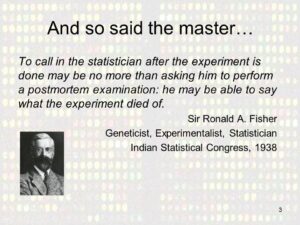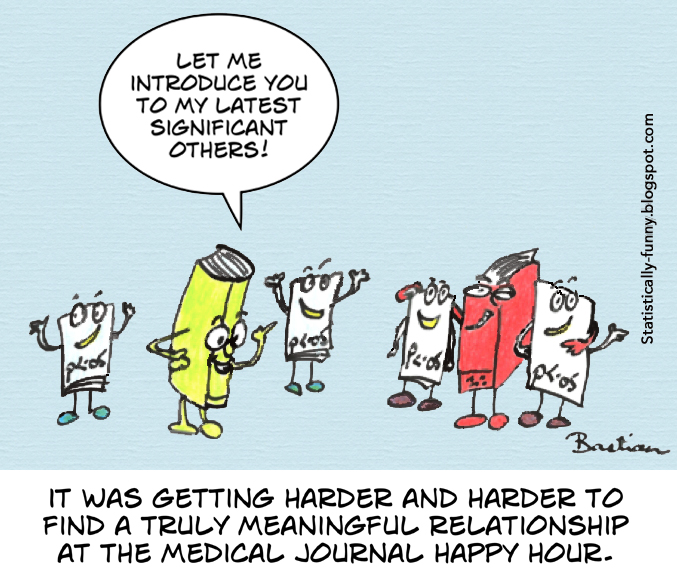
From time to time an interesting article appears or an interesting conversation takes place that deserves to be shared among fellow researchers. This Statistics in Small Doses describes an important coming-to-terms for scientists at the European Center for Nuclear Research (Geneva). The Center had discovered the Higgs boson or “God particle” in 2012, and early unconfirmed readings from the Center’s Large Hadron Collider suggested that a revolutionary new particle, which was not explainable by mainstream physics, had been found. After 8 months of confirmatory work, their hopes, unfortunately, were dashed – the “intriguing new particle” had only been a statistical burp! [“Physicists were mistaken about particle’s discovery,” Honolulu Star Advertiser Science section, 17 August 2016].
Despite their retraction, the scientists’ work was admirable. They may have been “seeing what they hoped to see” (perhaps leading them to commit a Type I error), thus to their credit, they ran a number of confirmatory tests. But they should also be congratulated on refusing to be misled by the (in)famous p-value from the outset. Not trusting the p-value, regardless of sample size, is something worth repeating (and repeating and …)!




